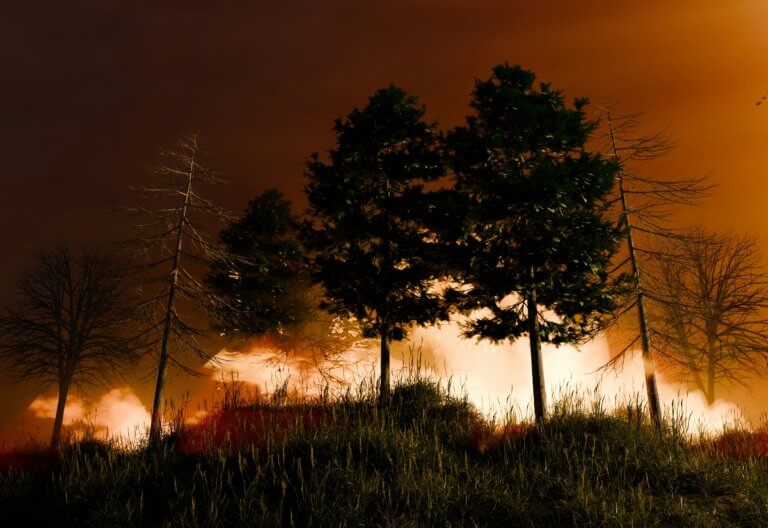UK’s Electricity Generation Was Cleanest Ever in 2024: The UK’s electricity generation was the cleanest ever in 2024. Renewables, such as wind and solar power, generated 45% of the UK’s electricity in 2024, a record high, whilst fossil fuels generated only 29% of the UK’s electricity in 2024, the lowest level on record.
The UK has now phased out coal and is getting less than half as much electricity from burning fossil fuels as it did a decade ago. As a result of this transition to renewable generation, carbon dioxide (CO2) emissions per unit have fallen by more than two-thirds in a decade.
To learn more about the UK’s transition to renewables, we recommend the Energy Dashboard website. You can see how electricity is being generated in the UK today, and in the past, as well as a map of current, planned and in-construction generation sites across the UK. It provides lots of interesting discussion points, including the location of and investment into different types of renewables.
Millions of Children’s Education Disrupted by the Climate Crisis in 2024: A new UNICEF analysis released this month says that at least 242 million students in 85 countries had their education disrupted by extreme climate events in 2024. These extreme climate events, including heatwaves, storms, droughts, floods and tropical cyclones, resulted in either school closures or significant interruption to school timetables.
Heatwaves were the predominant climate hazard shutting schools last year, with over 118 million students affected in April alone. Bangladesh and the Philippines experienced widespread school closures in April, while Cambodia shortened the school day by two hours. In May, temperatures spiked to 47°C in parts of South Asia, placing children at significant risk of heat stroke.
“Children are more vulnerable to the impacts of weather-related crises, including stronger and more frequent heatwaves, storms, droughts and flooding,” said UNICEF Executive Director Catherine Russell. “Children’s bodies are uniquely vulnerable. They heat up faster, they sweat less efficiently, and cool down more slowly than adults. Children cannot concentrate in classrooms that offer no respite from sweltering heat, and they cannot get to school if the path is flooded, or if schools are washed away.”
Some countries experienced multiple climate hazards. For example, in Afghanistan, in addition to heatwaves, the country experienced severe flash floods that damaged or destroyed over 110 schools in May, disrupting education for thousands of students.
“Education is one of the services most frequently disrupted due to climate hazards. Yet it is often overlooked in policy discussions, despite its role in preparing children for climate adaptation,” said Russell. “Children’s futures must be at the forefront of all climate related plans and actions.”
Scientists Say California Wildfires Made Worse by Climate Change: Climate change was a major factor behind the hot, dry weather that gave rise to the devastating wildfires that tore across Los Angeles (LA) earlier this month. A scientific study, by World Weather Attribution, found that climate change made the hot, dry weather conditions about 35% more likely. The scientists highlighted that whilst wildfires are highly complex with multiple factors playing a role, the LA wildfire season is getting longer and more intense, and rains that normally put the blazes out have reduced.
The lead author, Dr. Clair Barnes (Imperial College London) said “climate change increased the risk of the devastating LA wildfires. Drought conditions are more frequently pushing into winter, increasing the chance a fire will break out during strong Santa Ana winds that can turn small ignitions into deadly wildfires.”
More than 12,000 homes and buildings were destroyed by the fires.
Balcony Solar Panels: Millions of people across Europe have installed solar panels on their balconies, coining the term ‘balcony power plants.’
Installing a couple of panels on the balcony can give a saving of up to 30% on a typical household’s electricity bill. Buying and installing the panels costs on average £300 – £650, so the panels can often pay for themselves within six years.
In Spain, where two-thirds of the population live in apartments, getting permission to install solar panels on a communal roof can be challenging. But installing panels on balconies is a great solution to this problem, as it doesn’t require the permission of all the residents in the building.
Santiago Vernetta, CEO of Tornasol Energy, says “the beauty of the solar balconies is they are flexible, cheap and plug straight into the domestic network via a converter, so you don’t have to pay for the instillation.”
